The financial industry just embarked on one of the most significant changes in recent times with the go-live of ISO 20022. The new standard promises to improve the efficiency and interoperability of cross-border payments and facilitate better data analysis. However, the adoption of ISO 20022 is not a one-and-done event. It requires a comprehensive migration process that financial institutions need to complete to realize the full benefits of the new standard. That is why, in this article, we share 4 critical areas that your institution should focus on to ensure a smooth transition.
Technical Readiness
Ensure that your organization is equipped to read, interpret, and process the new ISO 20022 messages. This includes making sure that your back-office application is ready to generate and integrate these messages, and that you have obtained the necessary technical information from your correspondent banks.
Training and Awareness
The people responsible for processing these messages must be adequately trained and informed about the changes. Institutions should undertake a small project to contact all their counterparties and ask about their readiness and plans for implementing the new messages.
Compliance and Security
The richer information provided in the messages gives an opportunity for your financial institutions to offer greater transparency in payments and more details on transactions or statements. However, as the new messages contain more data, including personal and business information, it can be a challenge for your back office, so make sure to involve your compliance department in the process.
Cash Reporting
Although payment messages have been a topic of much discussion, not much attention has been paid to the impact of this migration on statements. However, the truth is that the migration process can be significantly more challenging for those messages.
“Despite the complexity and prevalence of Cash Reporting in financial transactions, institutions have predominantly prioritized payment-related aspects of the ISO 20022 Migration. However, it is also crucial that we pay attention to the statements and cash management messages also concerned by the migration, particularly in areas such as the MT940, MT900, and MT910.”
Thierry Miskaoui – Partner & Head of Customer Success at DiXiO
In conclusion, the adoption of ISO 20022 is a journey that requires careful planning, technical expertise, and a willingness to change. Financial institutions must be prepared to address the challenges that come with the migration process and work collaboratively with their partners and customers to ensure a successful transition.
If you need support to implement ISO 20022, then let’s plan a call with one of our ISO 20022 Experts to discuss your own needs and define a roadmap for the migration.


